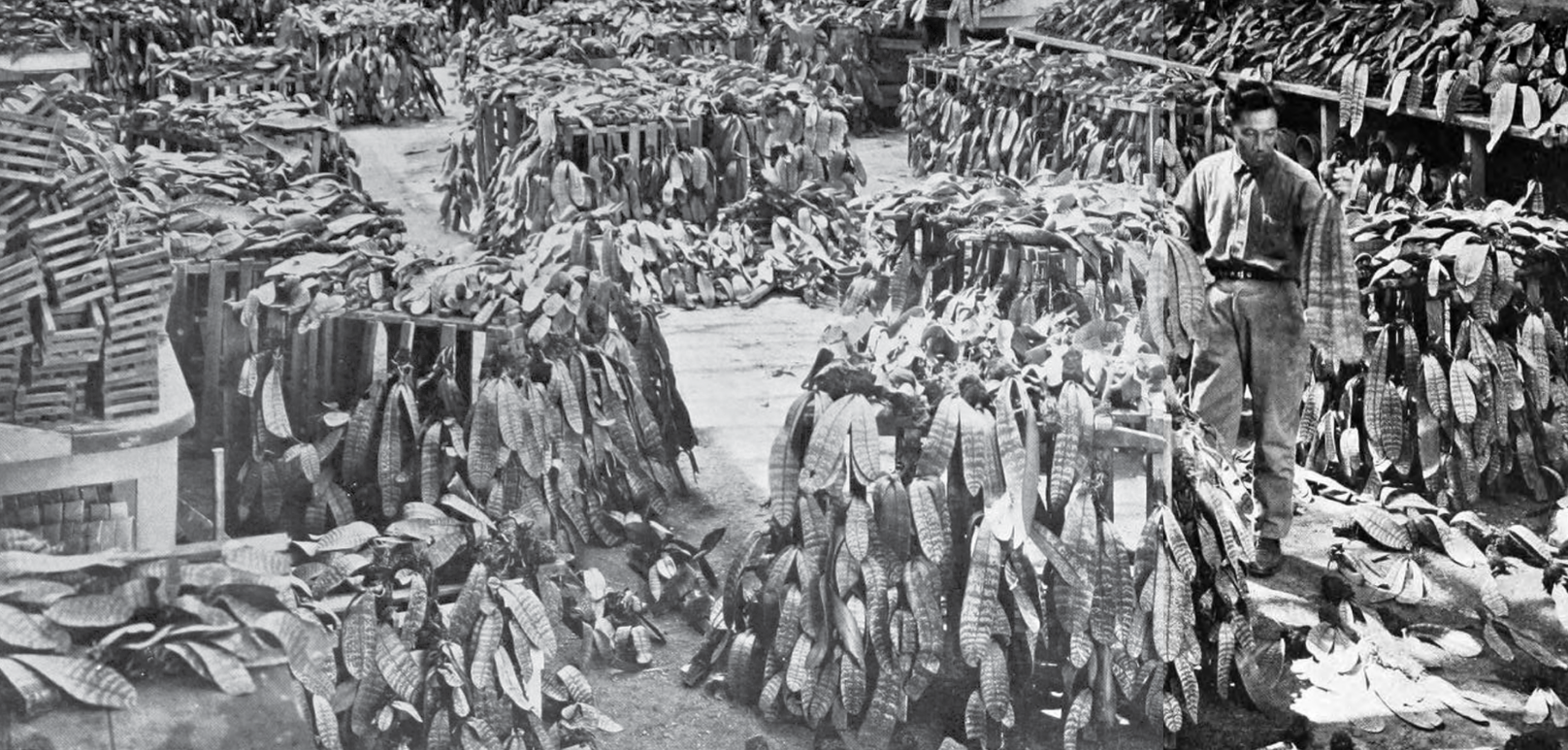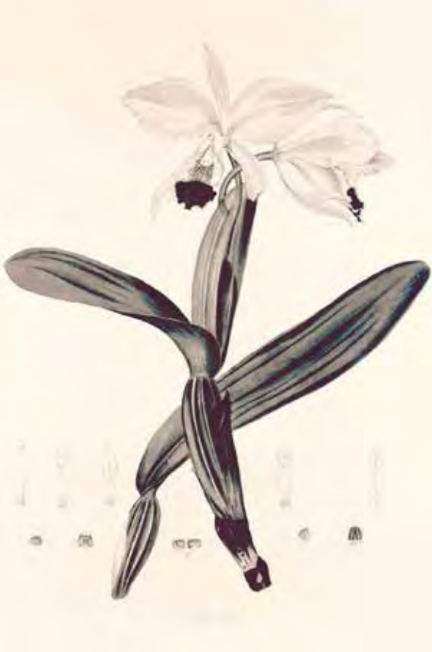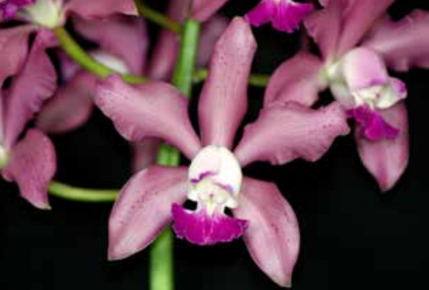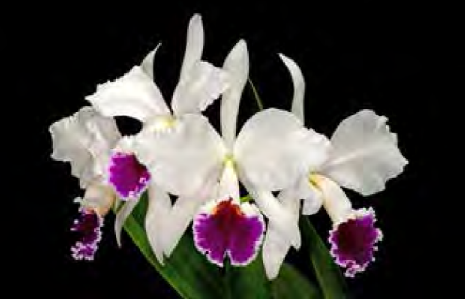History of Orchids

For centuries, orchids have been among the most popular of plant families, with thousands of species and hybrids cultivated the world over for the diversity, beauty and intricacy of their flowers. Literary and artistic references to orchids can be traced back to the time of Confucius (about 500 B.C.). The early Greeks revered the testiculate root structures (paired fleshy tubers that resemble mammalian testicles) of many European terrestrial orchids as a symbol of virility. During the Middle Ages, orchids played a major role in herbal remedies. The earliest orchid cultivated in Japan was probably ‘Ju-san Tai-ho’ (Thirteen Great Treasures), taxonomically Cymbidium ensifolium, and as early as the 10th century A.D., a Chinese book on orchids was published listing many cymbidium varieties and how to successfully grow them. Especially desirable were the variegated leaf forms; even today, whole societies are devoted to them.

“Orchidmania” Catches Fire
By the start of the 18th century, orchid collecting was firmly established in many parts of the world, but, arguably, the event that set fire to the “orchidmania” of the latter half of the 19th century and through the 20th century was the flowering in 1823 of what has become known as the Queen of Orchids, Cattleya labiata.
Tropical Orchids in Europe
In 1818, William John Swainson, collecting specimens in northeastern Brazil, sent a shipment of plants to Scotland’s Glasgow Botanic Gardens, with instructions to forward some of them on to William Cattley, a plant collector near London. Cattley was known for his extensive private collection of tropical plants and had hired a young botanist, John Lindley, to catalog the collection. Plate 33 of Lindley’s “Collectinea Botanica,” published during 1824, illustrates an incredible new variety of orchid that flowered in Cattley’s collection in 1823. Lindley described it as a new genus, Cattleya, named for his benefactor, Cattley; he gave it the species the name labiata in reference to the shape of its leaves. Although it would be 65 years before this species was located again, the plate touched off a mania that resulted in the collection and description of most of the other species in the genus. In Belgium and England especially, vast quantities of tropical orchids from the new colonies were introduced for auction to those wealthy enough to own greenhouses. A commercial orchid nursery in England had two railway sidings that were in use day and night, unloading plants that had been rushed from the docks at Southampton and Liverpool.
The Development of Orchid Hybrids
Sadly, most of these plants were destined to die in the dark, hot “stoves,” as greenhouses in those days were called, because few in Europe understood the real conditions required by most tropical epiphytes (nonparasitic plants which grow above the ground, supported usually on trees). But growers tinkered and adapted and there were successes—not only in growing and flowering imported orchids, but also in producing hybrids. John Dominy, a British horticulturist and plant hybridizer, flowered the first known manmade hybrid, Calanthe Dominyi (sylvatica × triplicata), in 1856. The first Cattleya hybrid, Cattleya Hybrida (guttata × loddigesii), followed in 1859. Today, in the most recent count, there are 167,000 registered orchid hybrids.
At first, raising hybrids was a slow, hit-or-miss process, because doing so depended on chance germination on the potting medium of the mother plant. Eventually, two European scientists, working independently, developed a process to germinate seeds in a sterile medium containing a culture of the appropriate fungus. Time-consuming and technically difficult, this, too, was destined to change. In the early 1920s, Lewis C. Knudson of Cornell University discovered a relatively simple, easily followed process to grow thousands of seedlings under sterile conditions. The rest is, as they say, history.


The Modern Age of Orchids
Today’s modern age of orchids was ushered in during the 1960s with the development of techniques to rapidly produce large quantities of vegetatively propagated plants—carbon copies, if you will. This process is commonly referred to as mericloning. Thousands of mericlones can be raised; barring genetic mutations, each is identical to the mother plant from which the original tissue was harvested. The result? Today it is possible to buy, at almost any outlet, plants of such high quality that they would have fetched hundreds of dollars only a few decades ago.
The Future of Orchids
No one really has a crystal ball, but one development we are already seeing is genetic modification of orchids to introduce features not normally present. For instance, there is no true blue pigment in the genus Phalaenopsis—those gaudy blue phals you see in grocery stores today are dyed, just like carnations. However, researchers in Asia recently debuted an intensely blue-flowered phalaenopsis hybrid resulting from genetic modification. What is next? Perhaps glow-in-the-dark flowers?
This article was authored by Ron McHatton, Ph.D., and originally appeared in the Spring 2017 edition of The Tropical Garden. Minor changes from the print version of this article were introduced to improve readability in a digital format.


